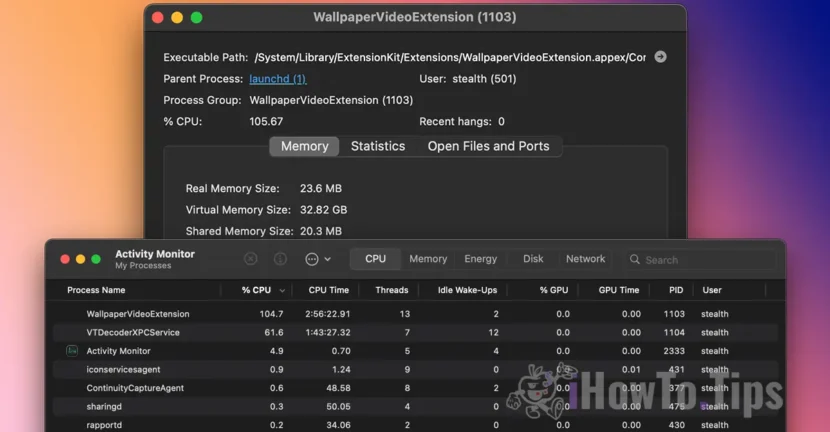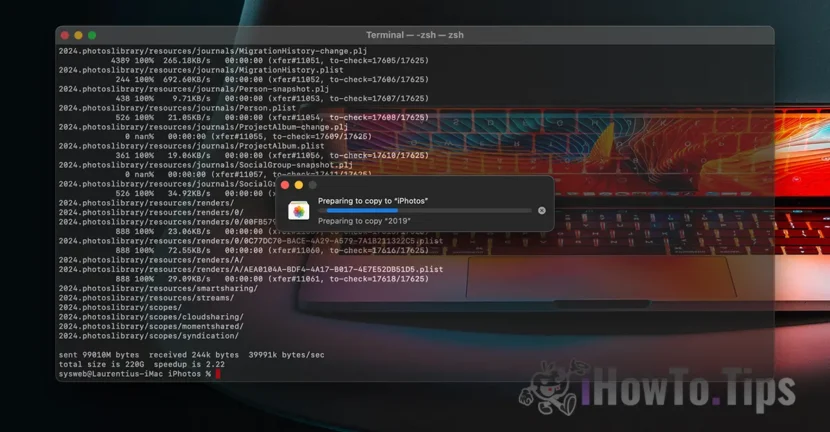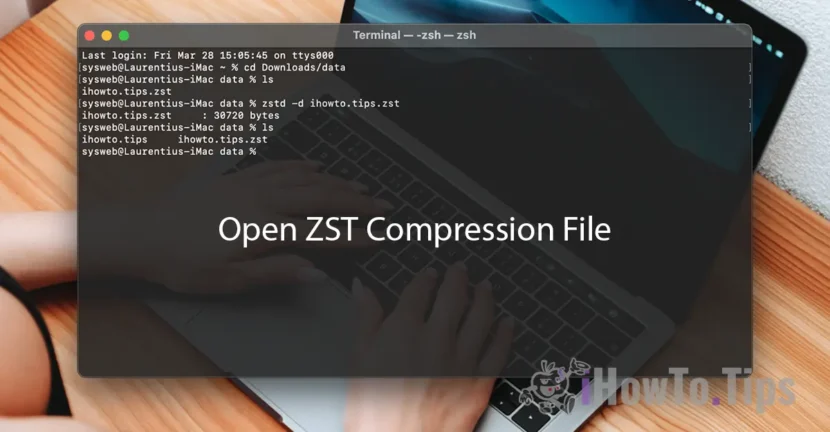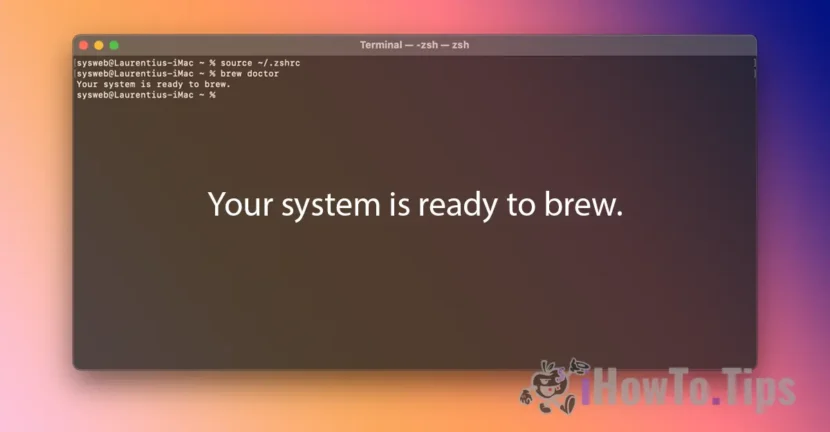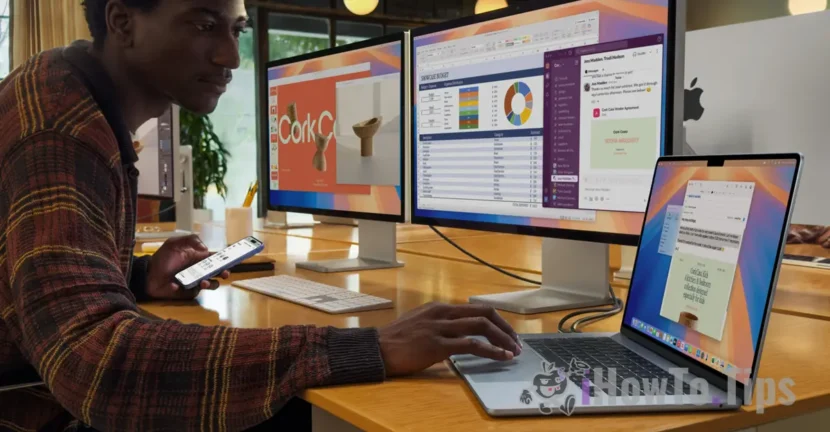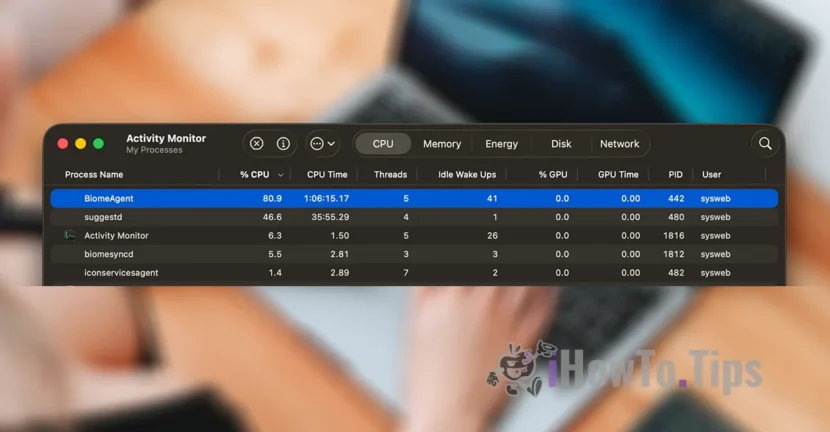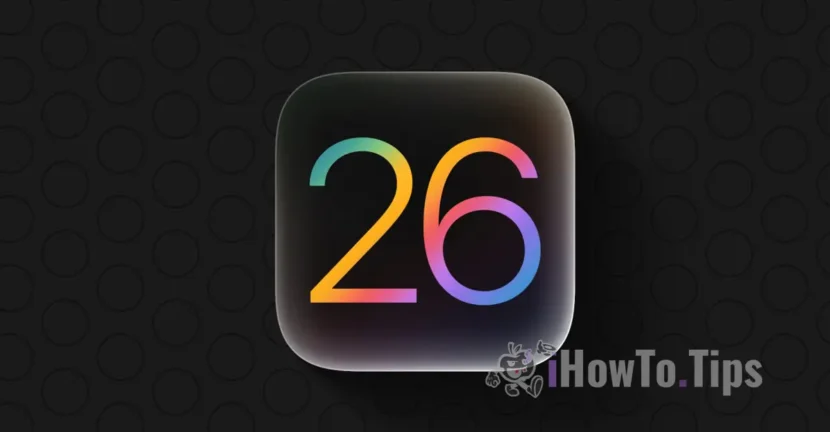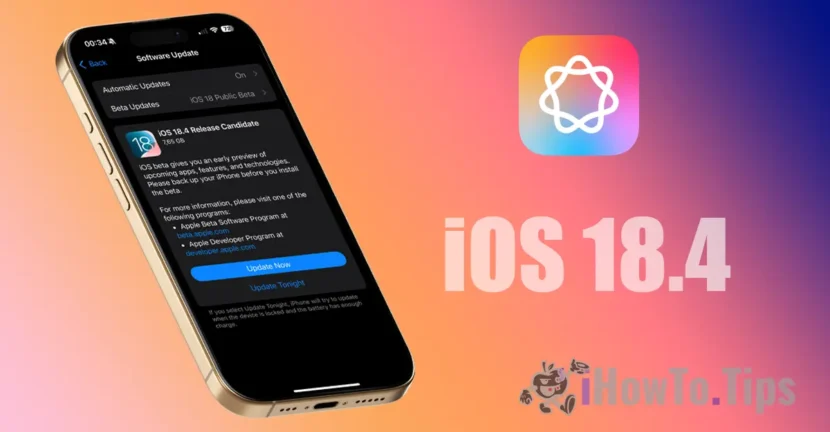WallpaperVideoExtension is a process introduced by Apple with the release of macOS Sonoma and kept on the latest versions of the macOS operating system (Sequoia). Although the role of this process is to bring more dynamism to desktop wallpapers, there are situations in which it ends up requiring significant RAM and CPU resources.
Let's see a little more in detail what the WallpaperVideoExtension process is and what it helps Mac computer users with.
Table of Contents
What is the WallpaperVideoExtension process on Mac and what does it help with?
WallpaperVideoExtension is a native process of the macOS operating system, responsible for managing and playing video backgrounds that you can set as wallpaper on Mac. With macOS Sonoma, Apple allows setting videos as wallpaper on the desktop, as an extension to screen saver options.
Specifically, the WallpaperVideoExtension process manages the video content of the lock screen and desktop background. When you have set a video screen saver to be used as wallpaper as well, this process will also handle the smooth transition from the lock screen to the desktop, letting the video run for a while as a wallpaper on the desktop.
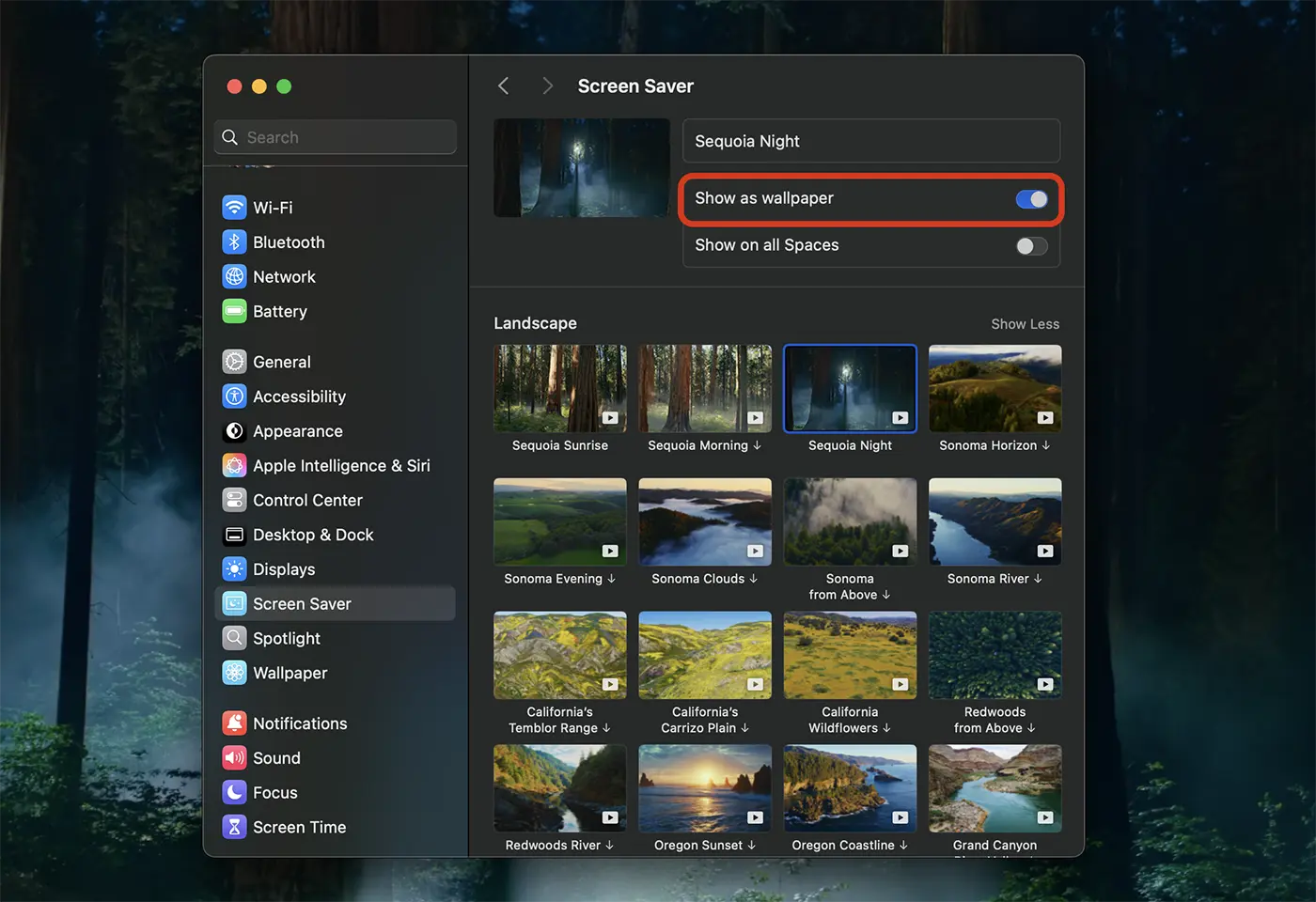
Unfortunately, even though video backgrounds add dynamism and can create a more pleasant atmosphere, they come with a high consumption of RAM and CPU resources on some Mac computers.
Why does the WallpaperVideoExtension process consume a lot of CPU and RAM resources?
If you notice in Activity Monitor that the WallpaperVideoExtension process consumes a lot of CPU and RAM resources, it is most likely due to running a wallpaper that requires considerable processing power. Most of the time, background videos are created at high resolutions and contain complex visual effects, which can create problems on some Mac computers.
In some situations, the WallpaperVideoExtension process may require the processor (CPU) above 100%, leading to system usage issues, especially if complex applications that require processing power are running.

Also, if you're using a custom video as your wallpaper, make sure it's not corrupted or meets the optimization standards for your system. A corrupted video file or with an unsupported format can cause difficulties and excessive CPU usage.
In this context, it is also worth mentioning the VTDecoderXPCService process. Another internal process of the macOS operating system, responsible for decoding video files. When WallpaperVideoExtension starts consuming resources, you may notice in Activity Monitor that the VTDecoderXPCService process also starts doing the same. We talked about this process in more detail in the article: VTDecoderXPCService — High CPU and Memory Usage on Mac.
What can you do if WallpaperVideoExtension consumes a lot of CPU resources?
The solution is relatively simple to fix the excessive consumption of CPU resources by the process WallpaperVideoExtension. All you have to do is disable the use of the screen saver as a desktop wallpaper. Go to System Settings, then Screen Saver and disable the "Show as wallpaper“.
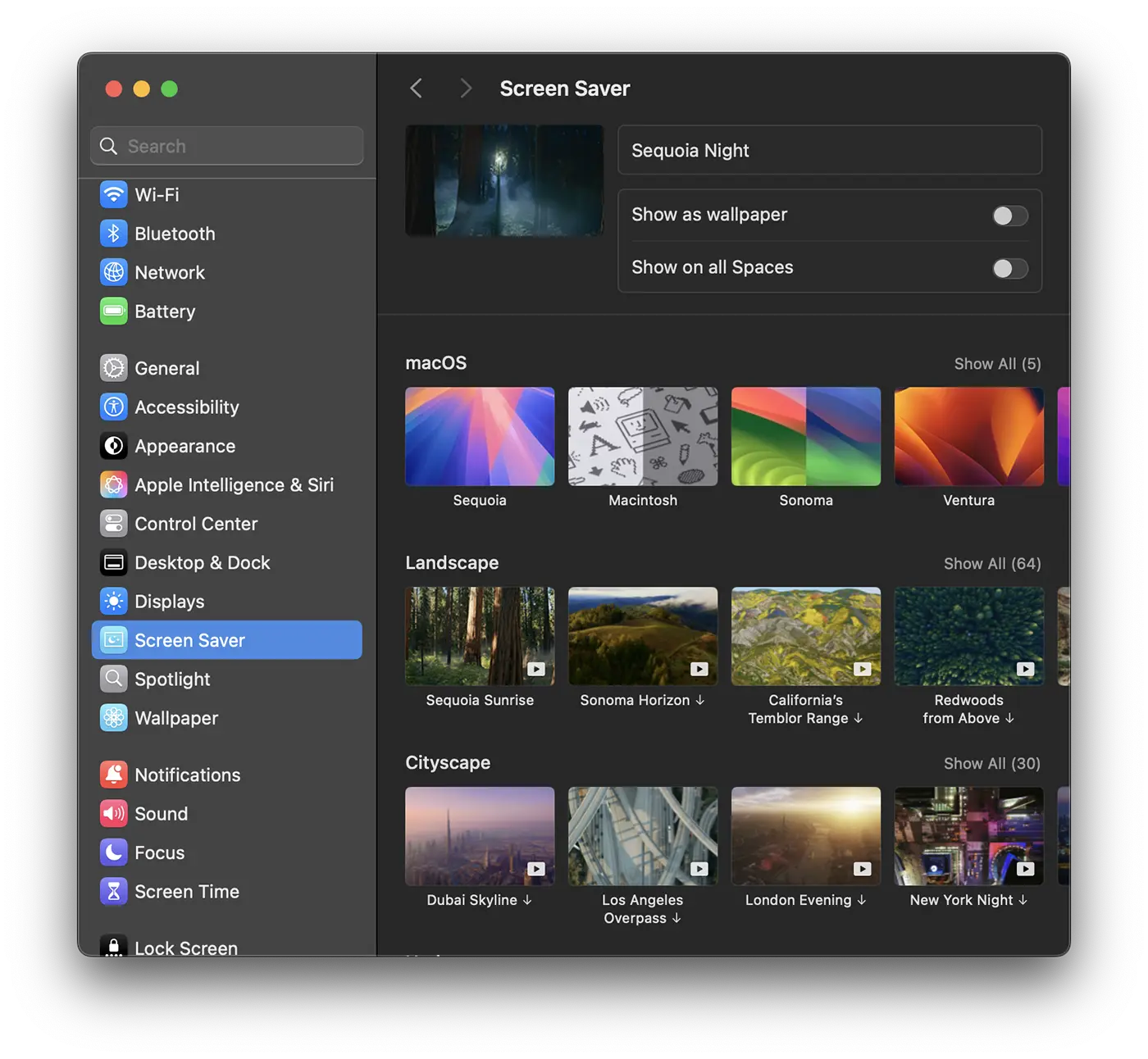
It also sets a static wallpaper for your desktop.
In conclusion, WallpaperVideoExtension is a process introduced in macOS Sonoma that can consume a significant amount of resources, especially if you use high-quality videos as your desktop wallpaper.
